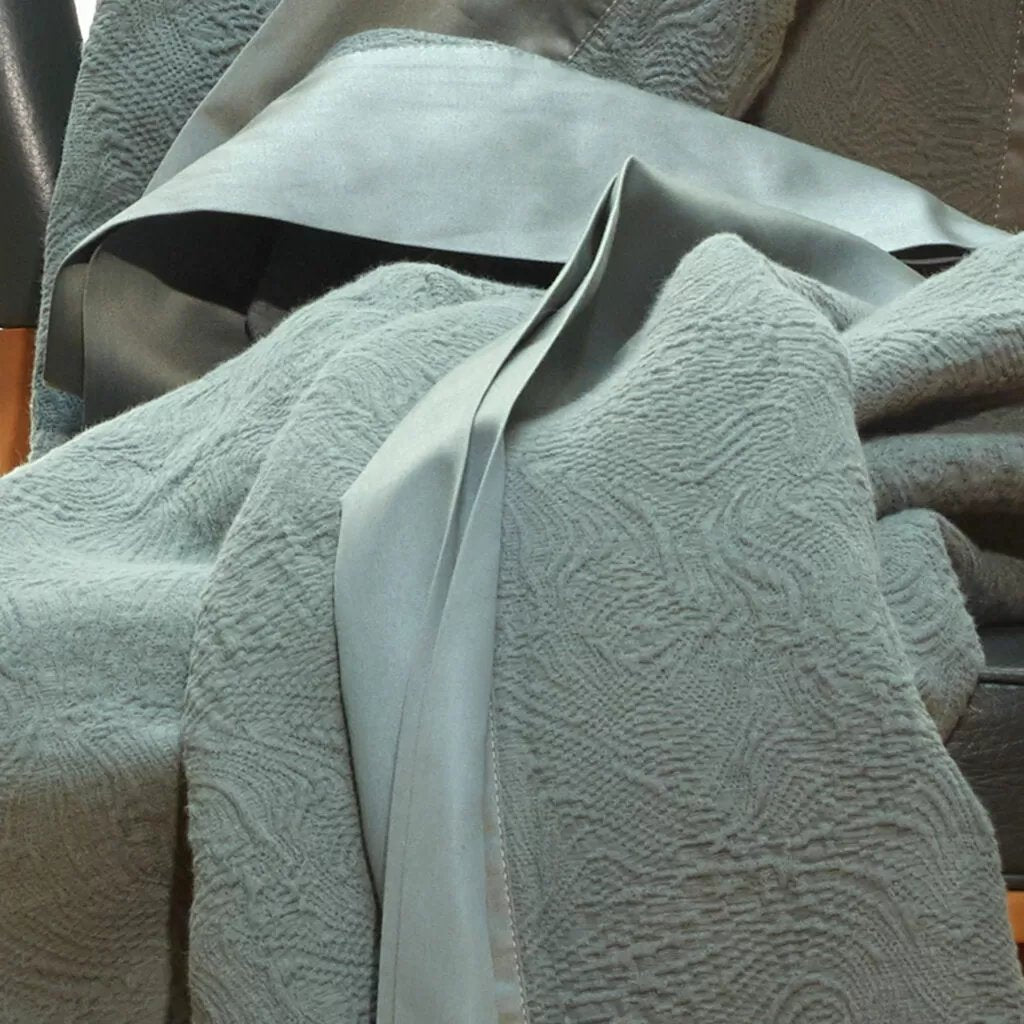A bedspread is more than just a decorative piece; it functions as a key element in the overall design and ambiance of a bedroom. This versatile textile serves dual purposes: it enhances the aesthetic appeal of your sleeping quarters while providing a layer of warmth and comfort. In this comprehensive exploration of bedspreads, we will delve into the various types, materials, and purposes they serve in contemporary interiors.
First and foremost, it is essential to distinguish a bedspread from other bedding essentials such as quilts, comforters, and blankets. A bedspread typically covers the entire bed, draping down to the floor or nearly reaching it, creating a seamless look. Often designed with a lightweight fabric, a bedspread is ideal for warmer climates or seasons, as it offers just the right amount of coverage without excessive heaviness.
Types of Bedspreads
Bedspreads come in an array of styles and materials, each catering to different tastes and functionality. Let us explore some of the prevalent types available in the market today:
1. Traditional Bedspreads
Traditional bedspreads often exhibit intricate patterns, embroidery, or patchwork. These bedspreads are characterized by their vintage charm and are often made from materials like cotton or damask. They can evoke a sense of nostalgia, making them ideal for heritage or farmhouse-themed interiors.
2. Modern Bedspreads
Contrasting the traditional styles, modern bedspreads lean towards minimalism. Clean lines, monochromatic color schemes, and geometric patterns define this category. Modern bedspreads are typically crafted from synthetic fibers, making them easily maintainable and suitable for contemporary living spaces where simplicity reigns.
3. Bedspreads with Textural Variations
Textured bedspreads, such as those made from chenille or microfiber, add a sense of depth to a bedroom. These materials not only ensure comfort but also impart a tactile experience that invites one to touch and interact with the bedding. Textured designs can range from soft ripples to bold tufting, offering a plethora of choices for discerning homeowners.
4. Lightweight Bedspreads
Ideal for summer months, lightweight bedspreads are typically crafted from breathable fabrics like cotton or linen. Their airy nature allows for easy layering, making them suitable for transitional seasons. These types of bedspreads provide a relaxed, casual ambiance to a bedroom environment.
5. Reversible Bedspreads
Versatility is the hallmark of reversible bedspreads. They feature distinct patterns or colors on either side, allowing for effortless style changes. This adaptability not only breathes new life into an outdated decor but also maximizes utility, ensuring that one investment caters to multiple aesthetics.
Material Matters
The choice of material is paramount when selecting a bedspread, as it can significantly influence the feel and longevity of the product. Here, we examine several fabrics commonly used in the crafting of bedspreads:
Cotton
Cotton bedspreads are revered for their durability and versatility. This natural fiber is breathable, making it an excellent choice for year-round use. It is soft against the skin and often machine washable, which adds to its practical appeal.
Polyester
Polyester bedspreads are favored for their wrinkle resistance and longevity. This synthetic fabric is often blended with cotton to create a product that retains the softness of cotton while benefiting from the durability of polyester. It also tends to be more cost-effective, making it a popular choice for families.
Linen
Linen bedspreads exude elegance and sophistication. This fabric, derived from the flax plant, is known for its natural luster and breathable qualities. However, linen’s propensity to wrinkle is well-known, which can be both a charm and a challenge, depending on your aesthetic preferences.
Purpose and Functionality
A bedspread serves multiple purposes that extend beyond mere decoration. It acts as a protective layer for the mattress, shielding it from dust, stains, and wear. Furthermore, it establishes an anchor for the entire room’s color palette, allowing other decorative elements to harmonize with it. A well-chosen bedspread can transform the ambiance of a space, making it feel inviting and curated.
Complementing Bedroom Décor
When selecting a bedspread, considering the overall design theme of the bedroom is crucial. For instance, a bohemian-styled room may benefit from eclectic patterns and vibrant colors, while a minimalist space may call for a more subdued, streamlined appearance. Accessories like cushions, throws, and wall art should harmonize with the chosen bedspread to create a cohesive interior design narrative.
Conclusion
In summary, a bedspread is a fundamental component of bedroom decor that transcends its decorative purpose. Its diverse types and materials cater to various aesthetic sensibilities and functional needs. Whether one seeks the warmth of a traditional bedspread or the sleekness of a modern design, the options are plentiful. Understanding the nuances of bedspreads enables individuals to make informed choices, ensuring that their sleeping spaces are as beautiful as they are functional. Ultimately, the right bedspread can elevate a bedroom from merely a place of rest to a sanctuary of style and comfort.
